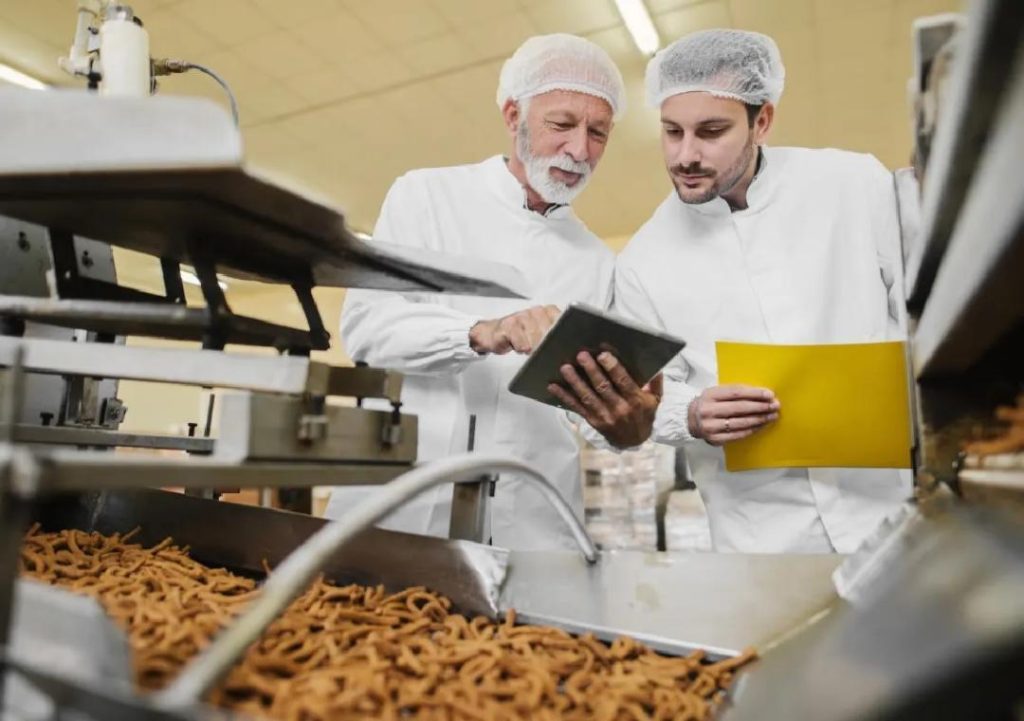
Can P&L Optimisation Redefine Success in Food Technology?
The food technology industry is a dynamic and rapidly evolving sector, with companies constantly seeking innovative ways to improve their profitability and stay ahead of the competition. One key area of focus is Profit and Loss (P&L) operations, where companies are leveraging automation, smart inventory systems, and data analytics to streamline their financial management and drive growth.
In this blog post, we’ll explore the impact of P&L optimisation on the food technology industry and how it can redefine success for companies in this sector.
The Importance of P&L Optimisation
In the food technology industry, P&L optimisation is critical to ensuring the long-term success of a business. With thin profit margins and intense competition, companies must be able to manage their finances effectively to stay afloat. P&L optimisation enables food tech companies to:
- Cut waste: By identifying areas of inefficiency and waste, companies can reduce their costs and boost their bottom line.
- Sharpen demand forecasting: Accurate demand forecasting is essential for food tech companies, as it enables them to plan production, manage inventory, and meet customer demand.
- Support better decisions: With real-time data and insights, companies can make informed decisions about pricing, product development, and marketing.
How P&L Optimisation Works in Food Technology
So, how exactly do food tech companies achieve P&L optimisation? The key lies in leveraging automation, smart inventory systems, and data analytics.
- Automation: Automation is a game-changer for food tech companies, as it enables them to streamline their operations, reduce manual errors, and increase efficiency. Automated systems can be used to manage inventory, track orders, and update financial records in real-time.
- Smart Inventory Systems: Smart inventory systems use data analytics and artificial intelligence (AI) to optimise inventory levels, reduce stockouts, and prevent overstocking. These systems can predict demand, track inventory movements, and automatically reorder stock when levels fall below a certain threshold.
- Data Analytics: Data analytics is a critical component of P&L optimisation in food technology. By leveraging data analytics, companies can gain insights into their financial performance, identify areas for improvement, and make data-driven decisions.
Real-World Examples of P&L Optimisation in Food Technology
Several food tech companies have successfully implemented P&L optimisation strategies to drive growth and profitability. Here are a few real-world examples:
- Meal kit delivery service, Blue Apron, uses data analytics to optimise its supply chain and reduce waste. By leveraging real-time data and insights, Blue Apron can adjust its production levels, manage inventory, and reduce food waste.
- Food delivery company, Uber Eats, uses automation to streamline its operations and reduce costs. By automating tasks such as order processing and payment processing, Uber Eats can reduce its administrative costs and focus on growing its business.
- Plant-based meat alternative company, Beyond Meat, uses smart inventory systems to optimise its production and reduce waste. By leveraging real-time data and insights, Beyond Meat can adjust its production levels, manage inventory, and reduce food waste.
The Benefits of P&L Optimisation
The benefits of P&L optimisation in food technology are numerous. By streamlining their financial management and reducing waste, companies can:
- Boost margins: By reducing waste and improving efficiency, companies can increase their profit margins and drive growth.
- Ensure sustainable growth: P&L optimisation enables companies to make data-driven decisions, ensuring sustainable growth and reducing the risk of financial instability.
- Stay competitive: In the competitive food technology industry, companies must be able to adapt quickly to changes in the market. P&L optimisation enables companies to stay ahead of the competition and respond quickly to changes in demand.
Conclusion
P&L optimisation is a critical component of success in the food technology industry. By leveraging automation, smart inventory systems, and data analytics, companies can streamline their financial management, reduce waste, and drive growth. As the food technology industry continues to evolve, companies that adopt P&L optimisation strategies will be better equipped to succeed and stay ahead of the competition.
Sources:
https://www.growthjockey.com/blogs/p-and-l-operations-in-food-tech






